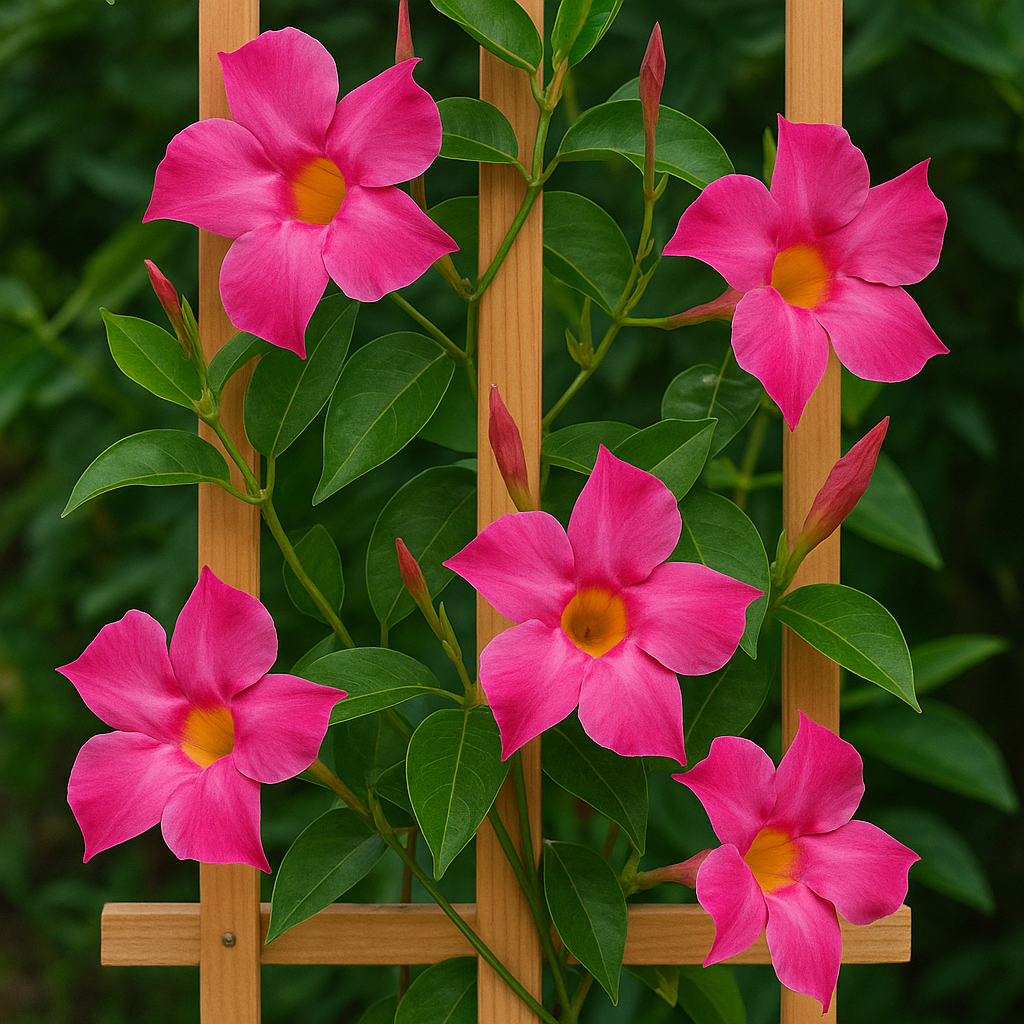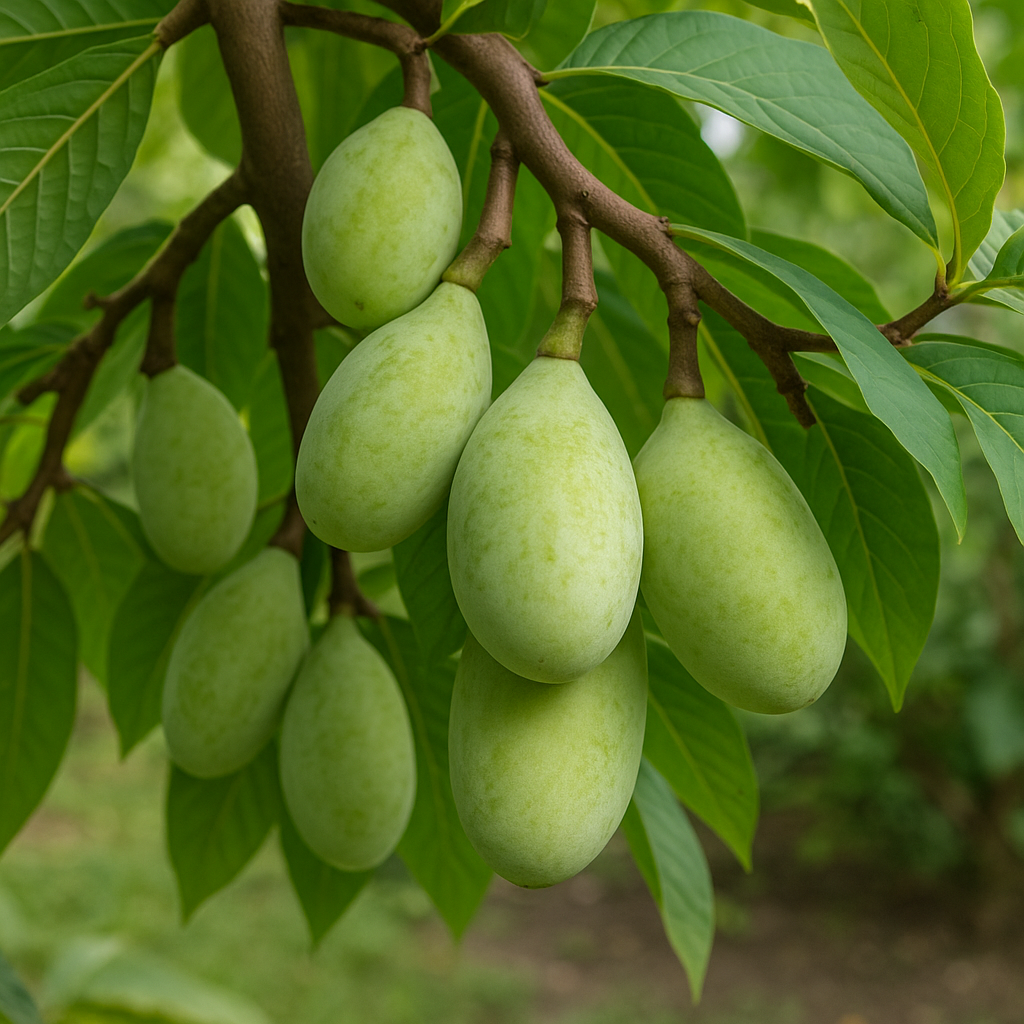Neem: L'albero miracoloso per la salute e il giardino
Informazioni sul Neem
Neem (Azadirachta indica), spesso chiamato la “farmacia del villaggio”, è un albero versatile venerato per le sue proprietà medicinali, capacità di respingere i parassiti e benefici ambientali. Dalla medicina tradizionale al giardinaggio biologico moderno, il neem è stato apprezzato per secoli in India e nelle regioni tropicali.
Su Organicindiaseeds.com forniamo semi di Neem di alta qualità, permettendo a giardinieri e appassionati di erbe di coltivare il proprio albero di neem per scopi di salute, bellezza e giardinaggio sostenibile.

Perché Coltivare il Neem?
-
Benefici medicinali: Le foglie, i semi e la corteccia del neem possiedono proprietà antibatteriche, antifungine e antinfiammatorie.
-
Pesticida naturale: Agisce come un bio-pesticida, proteggendo le piante dagli insetti senza l'uso di sostanze chimiche.
-
Purificazione dell'aria: Gli alberi di neem aiutano a migliorare la qualità dell'aria assorbendo le tossine.
-
Benefici ambientali: Fornisce ombra, riduce l'erosione del suolo e supporta la biodiversità.
-
Facile da coltivare: Resistente alla siccità e prospera in vari tipi di terreno.
Quando piantare il Neem
-
Periodo migliore per la piantagione: La stagione ideale per una crescita ottimale è la primavera o l'inizio del monsone.
-
Germinazione dei semi: I semi di neem germinano tipicamente in 2–4 settimane in terreno caldo e umido.
-
Temperatura: Cresce bene in climi tropicali e subtropicali; l'intervallo ideale è 70°F–95°F (21°C–35°C).
Dove coltivare il Neem
-
Luce solare: Richiede pieno sole per una crescita sana.
-
Terreno: Adattabile a terreni ben drenati, preferisce terreno sabbioso o limoso; pH da leggermente acido a neutro (6.0–7.5).
-
Spazio: Il neem cresce fino a diventare un albero grande, quindi piantalo con spazio sufficiente per le radici e l'espansione della chioma.
-
Clima: I climi tropicali e subtropicali sono ideali; tollera condizioni di siccità una volta stabilito.
Come coltivare il Neem

-
Preparazione dei semi: Immergi i semi di neem in acqua tiepida per 24 ore per migliorare la germinazione.
-
Semina: Pianta i semi a 1–2 cm di profondità in vassoi o vasi con terreno ben drenante.
-
Trapianto: Sposta le piantine in una posizione permanente all'aperto quando sono alte 15–30 cm.
-
Irrigazione: Mantieni il terreno costantemente umido durante i primi mesi; una volta stabilito, il neem è resistente alla siccità.
-
Concimazione: Usa compost organico o letame per favorire la crescita e la fertilità del terreno.
Come prendersi cura del Neem
-
Potatura: Taglia i rami morti o deboli per mantenere la forma e la salute dell'albero.
-
Pacciamatura: Aiuta a trattenere l'umidità e a sopprimere le erbacce intorno alla base.
-
Controllo dei parassiti: Neem agisce come un pesticida naturale, ma attenzione a infestazioni estreme.
-
Protezione dal gelo: Le piante giovani sono sensibili al gelo; usa coperture o vasi in climi più freddi.
Piante compagne per il Neem

-
Verdure ed erbe aromatiche: Gli alberi di neem possono essere piantati vicino a pomodori, peperoni ed erbe aromatiche per respingere naturalmente i parassiti.
-
Piante ornamentali: Fiori come calendule e basilico prosperano nelle vicinanze e beneficiano della riduzione dei parassiti.
Suggerimento per la posizione dell'immagine: Includi una foto di un albero di neem sano con piante compagne e un piccolo orto per mostrare il suo uso multifunzionale.
Raccolta e usi del Neem
-
Foglie: Raccogli foglie fresche per rimedi erboristici e controllo dei parassiti.
-
Semi: Raccogli i semi per produrre olio di neem, un insetticida naturale e prodotto per la cura della pelle.
-
Corteccia: Può essere usata per medicinali tradizionali e integratori per giardini biologici.
Considerazioni finali sul Neem
Neem (Azadirachta indica) è un must per giardinieri, appassionati di erbe e persone eco-consapevoli. Le sue proprietà medicinali, capacità di respingere i parassiti e benefici ambientali lo rendono un albero davvero versatile e prezioso. Inizia il tuo viaggio con il neem con semi premium da Organicindiaseeds.com e goditi la bontà naturale e la protezione che questo albero miracoloso offre.



Commenta
Questo sito è protetto da hCaptcha e applica le Norme sulla privacy e i Termini di servizio di hCaptcha.